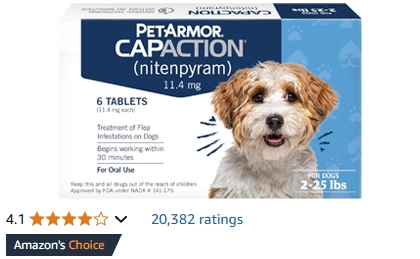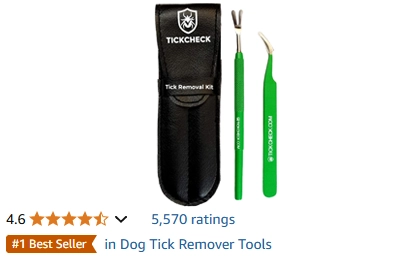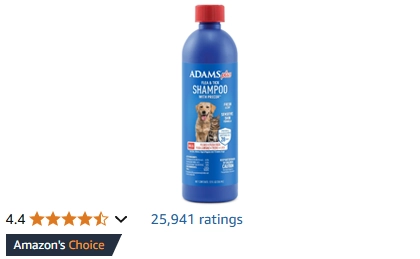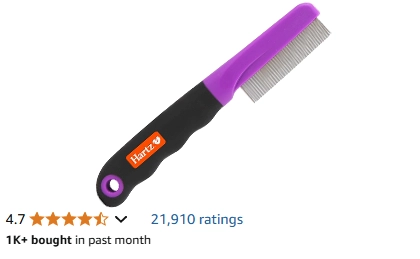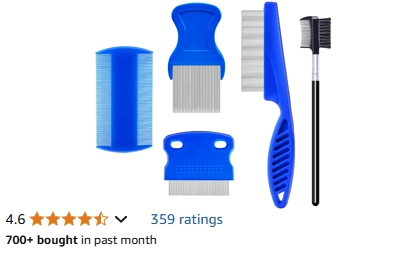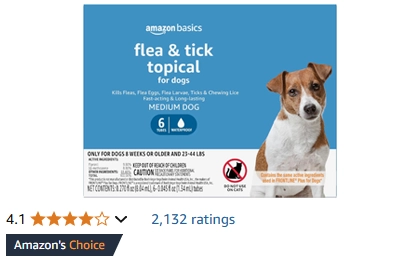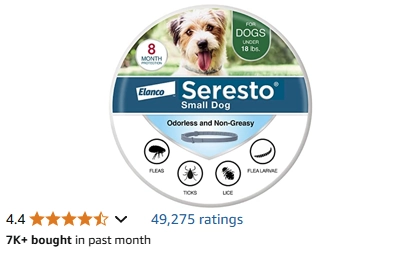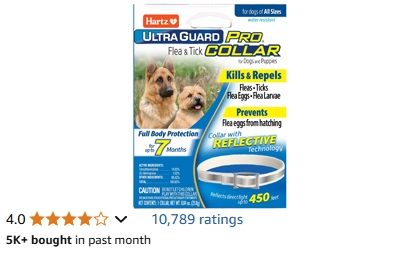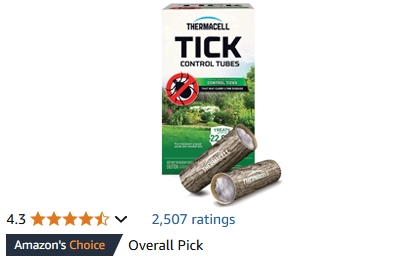Here's our breakdown of the best products to kill fleas and ticks on dogs, including oral and topical treaments, chemical collars and foggers, and manual removal with tools.
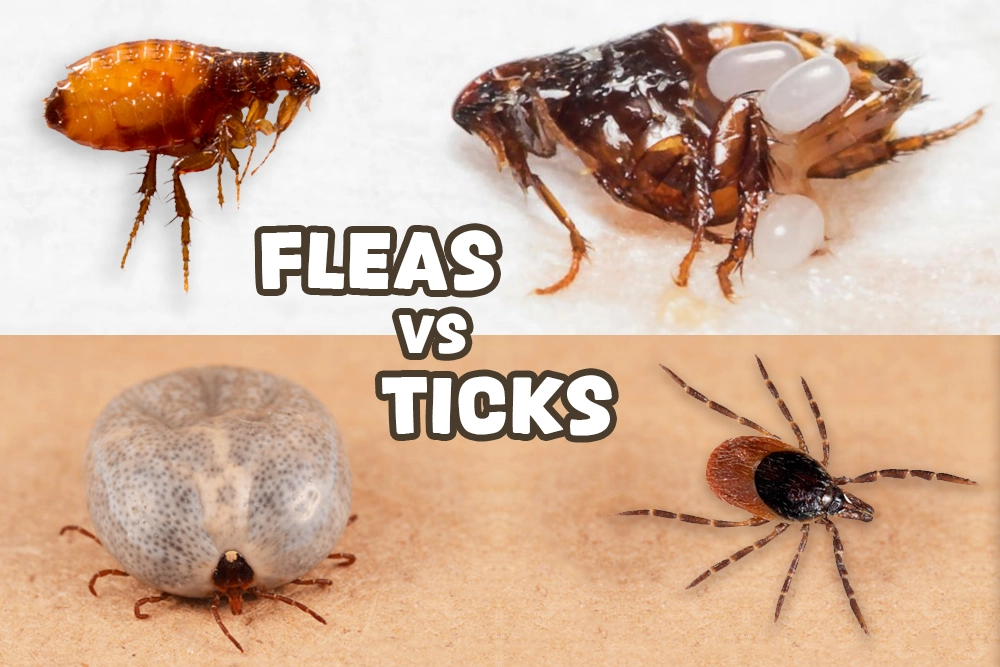
Fleas vs Ticks
Fleas are laterally flattened (squashed from the sides) which helps them navigate through dog fur, making the Sheltie's dense undercoat the ideal home. A single flea can lay 50 eggs per day so that flea infestations escalate rapidly to cause excessive itching, allergic dermatitis, and secondary skin infections.
Signs of flea infestation include scratching and biting at the fur, as well as visible flea dirt (black specks) and flea eggs (white specks). The majority of fleas go on to jump off the host and lay eggs in the surrounding environment, so treating your home is just as important as treating your dog.
Ticks are dorsally flattened (squashed from above) and swell considerably in size when feeding. Unlike fleas, they don't jump from host to host but hide in tall grass or shrubs to latch onto passing animals. Once embedded in the skin, ticks can remain attached for days. They're usually harmless but can cause allergic reactions and skin infections. The worst case is they transmit Lyme disease, ehrlichiosis, and Rocky Mountain spotted fever.
Ticks favor areas such as the ears, neck, and between the toes. They're easier to spot than fleas but harder to remove: pinching and pulling can leave the tick's head embedded in the skin. Below we'll look at the best medications to prevent and kill ticks, as well as removal tools to manually pull them from the skin.
7 Ways to Kill Fleas and Ticks
Here are the seven best ways to get rid of fleas and ticks. If you find even a single flea or tick on your dog, choose an immediate treatment to kill the parasites fast and pair it with a preventative measure to stop them coming back. Opt for prevention-only if you're prone to infestations or have been around an animal with fleas.
#1. Oral Flea Medication
To kill fleas immediately, oral medications like Capstar or Capaction work by circulating insecticides through your dog's bloodstream, killing parasites when they bite. For this reason, they start killing adult fleas within 30 minutes. Capstar is not a preventative but a fast-acting way to kill adult fleas; you must pair it with a long-term preventative medication to kill larvae and eggs, thereby breaking the flea lifecycle.
#2. Tick Removal Tool
Tick removal tools are designed to extract ticks intact including the mouthparts. Regular tweezers can crush the tick or leave the head embedded, which increases the risk of infection. It's crucial to remove a tick as soon as possible because they can transmit serious diseases within hours—including Lyme disease, Rocky Mountain spotted fever, and ehrlichiosis. The longer a tick stays embedded, the higher the risk of disease transmission. Proper removal using a tick tool reduces this risk and prevents irritation and secondary infections. Always clean the area with antiseptic after removing a tick and monitor your dog for any signs of illness, such as lethargy, fever, or joint pain.
#3. Flea & Tick Shampoo
Flea and tick shampoos kill external parasites on contact while also cleaning your dog's coat. They contain insecticidal ingredients like pyrethrins or natural alternatives such as neem oil. Thoroughly lather the shampoo into your dog's fur, ensuring it reaches the skin where fleas and ticks hide. Leave it on for the recommended time before rinsing. While they give immediate relief, flea shampoos don't offer long-term protection and should be combined with other preventative measures to stop reinfection.
#4. Flea Comb
A fine-toothed flea comb can be used to physically remove fleas, flea eggs, and non-attached ticks from your dog's fur. When you catch fleas in the comb, dip it straight into a bowl of warm soapy water to drown them. This method is chemical-free and safe for frequent use, however it's labor-intensive and doesn't prevent new fleas from parasitizing your dog. Best used alongside other preventative treatments.
#5. Topical Flea Medications
Topical treatments such as Frontline Plus are applied directly to the skin at the back of the neck to offer month-long protection against both ticks and fleas. The insect growth regulators are absorbed into the bloodstream and prevent flea eggs from hatching, thereby breaking the lifecycle. These treatments also kill all the adult fleas and ticks on your dog within 12 hours.
#6. Flea & Tick Collar
Flea collars work by releasing active ingredients that either repel or kill fleas and ticks. Some collars emit insecticidal gases that create a protective barrier around your dog, while others distribute chemicals through the natural oils on the skin and fur, spreading across the whole body. A high-quality ones like the Seresto collar continuously releases small doses of insecticides over eight months, providing long-term protection.
#7. House Fogger
Fleas and ticks don't just live on your dog—they also infest your home and yard. To eliminate them completely, you need to treat your environment. Regularly vacuum the carpets, wash bedding, and use a house fogger to kill fleas indoors and prevent their return for six weeks. What's more, ticks often live in outdoor areas before making their way inside, so use a yard treatment like these tick control tubes to prevent reinfestation. This is crucial because without environmental control, fleas and ticks can quickly return to your dog and your home.
Final Thoughts
Getting rid of fleas and ticks isn't just about comfort. It's about protecting your dog's health long term, given the risks of re-infestation. A single flea can turn into thousands in weeks, while ticks pose a small but real risk of serious disease to you and your pet. The key is understanding that immediate treatments kill parasites on the day but long-term prevention stops them coming back. Whether you use oral, topical, or environmental products, the best flea and tick control plan is one you execute consistently until all the parasites are completely eliminated.

